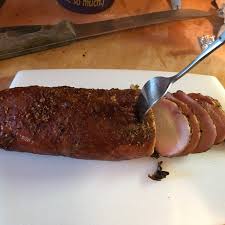
Image: beerandbrewing.com
Studying at the Touro College of Osteopathic Medicine, Todd Belok has a background as a mental health technician and has worked with psychiatric patients in therapeutic settings. An avid camper and hiker, Todd Belok also enjoys brewing beer at home.
One of the fundamental aspects of a tasty brew, grain provides the simple sugars that become alcohol through fermentation and help determine the flavor and appearance of the beer. The initial step of beer making is the creation of the malt through a process that involves soaking barley water and slow drying it in a kiln. This hastens the process of sprouting, which produces enzymes and breaks down complex carbohydrates.
This malt is then soaked in hot water at a temperature of around 150 degrees Fahrenheit, such that the enzymes are activated and complete the process of converting carbohydrates into simple sugars. This process of creating mash is completed prior to the home brewer purchasing the malt extract or crystal malt and starting the process of creating a unique craft beer.



